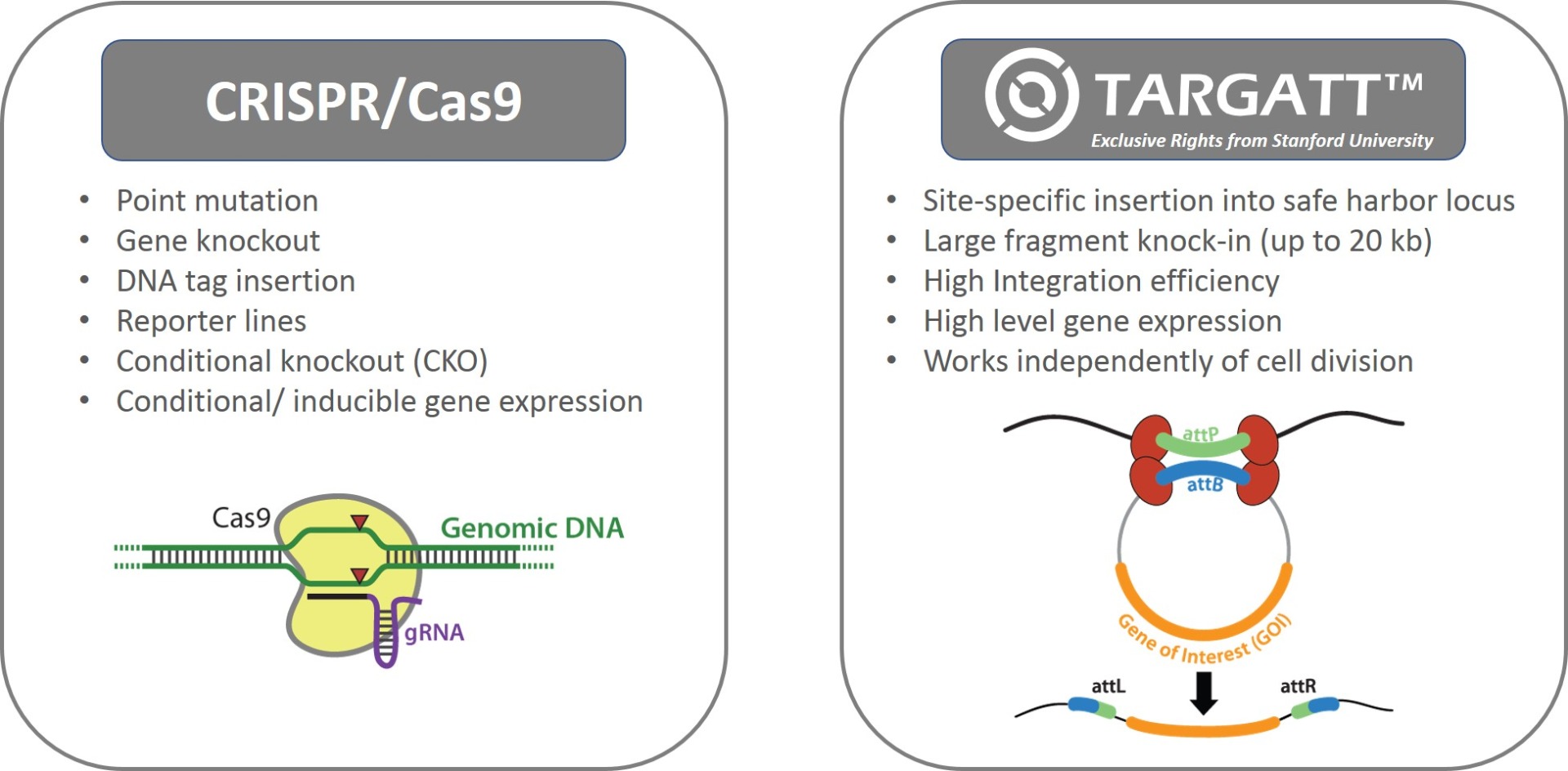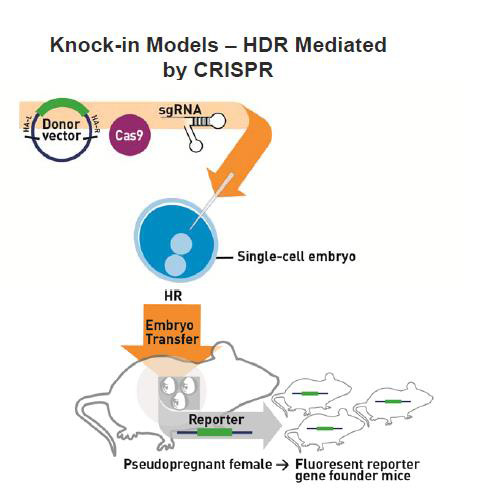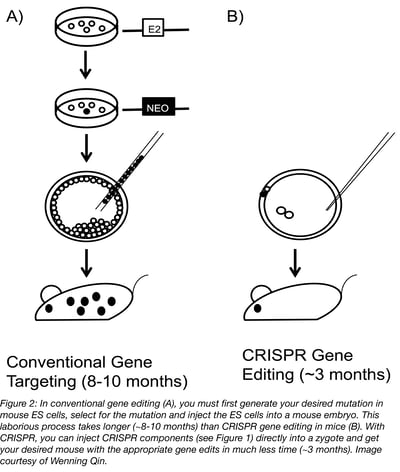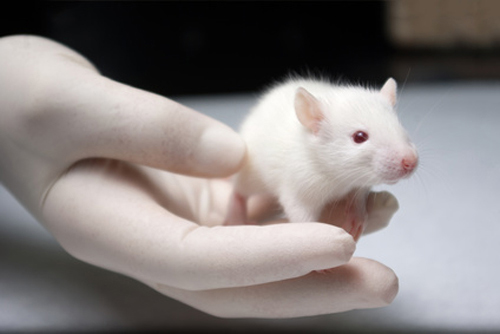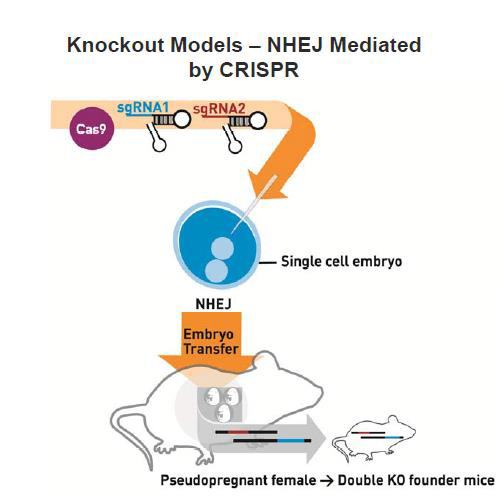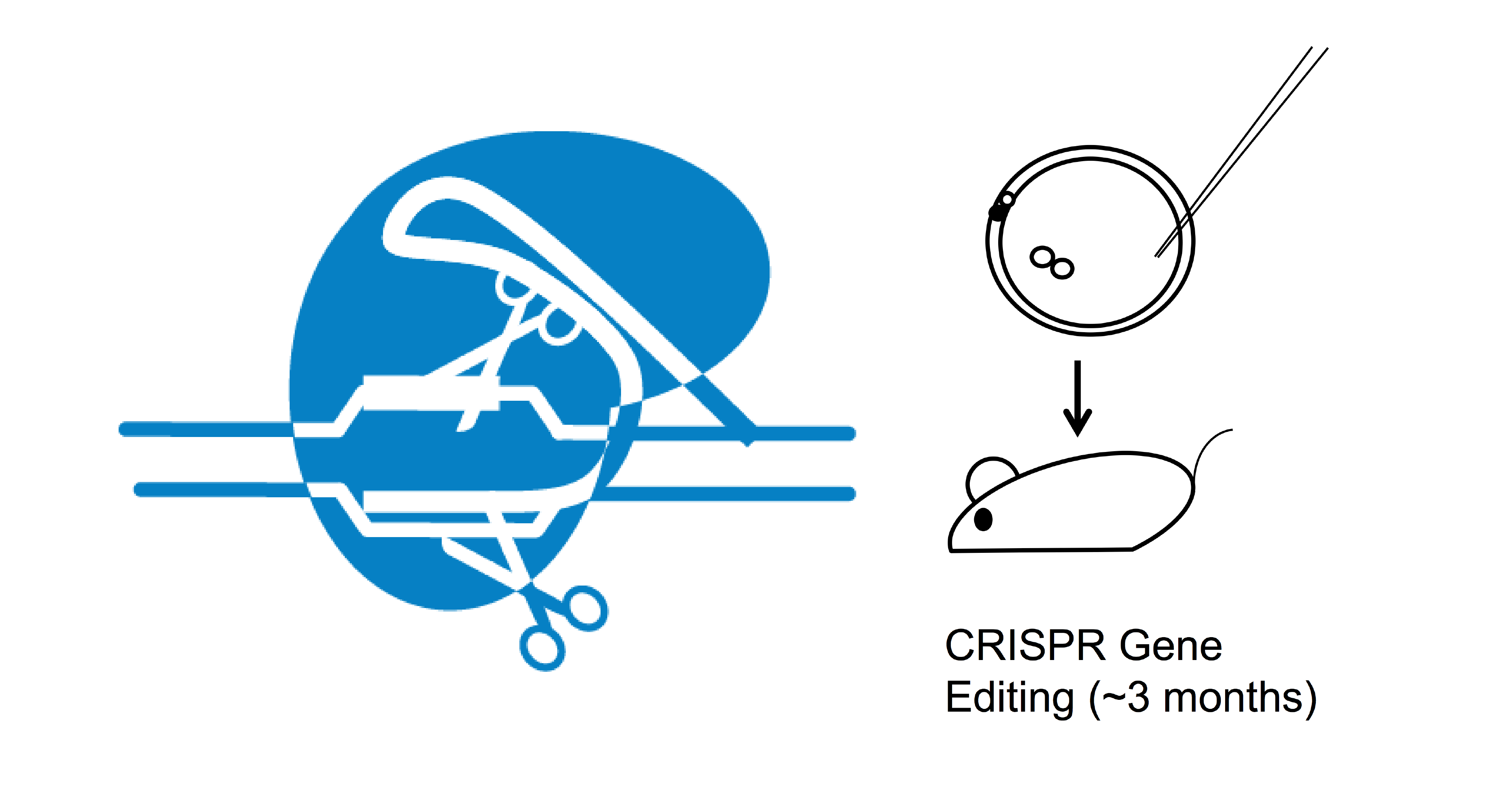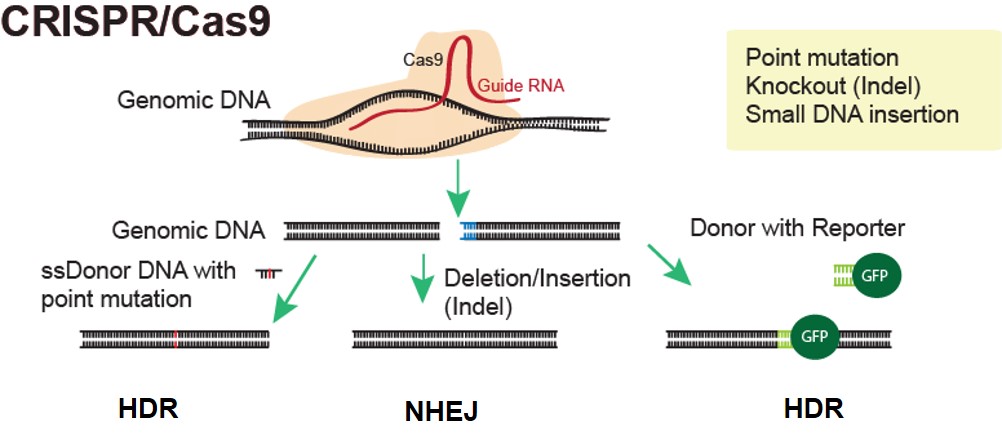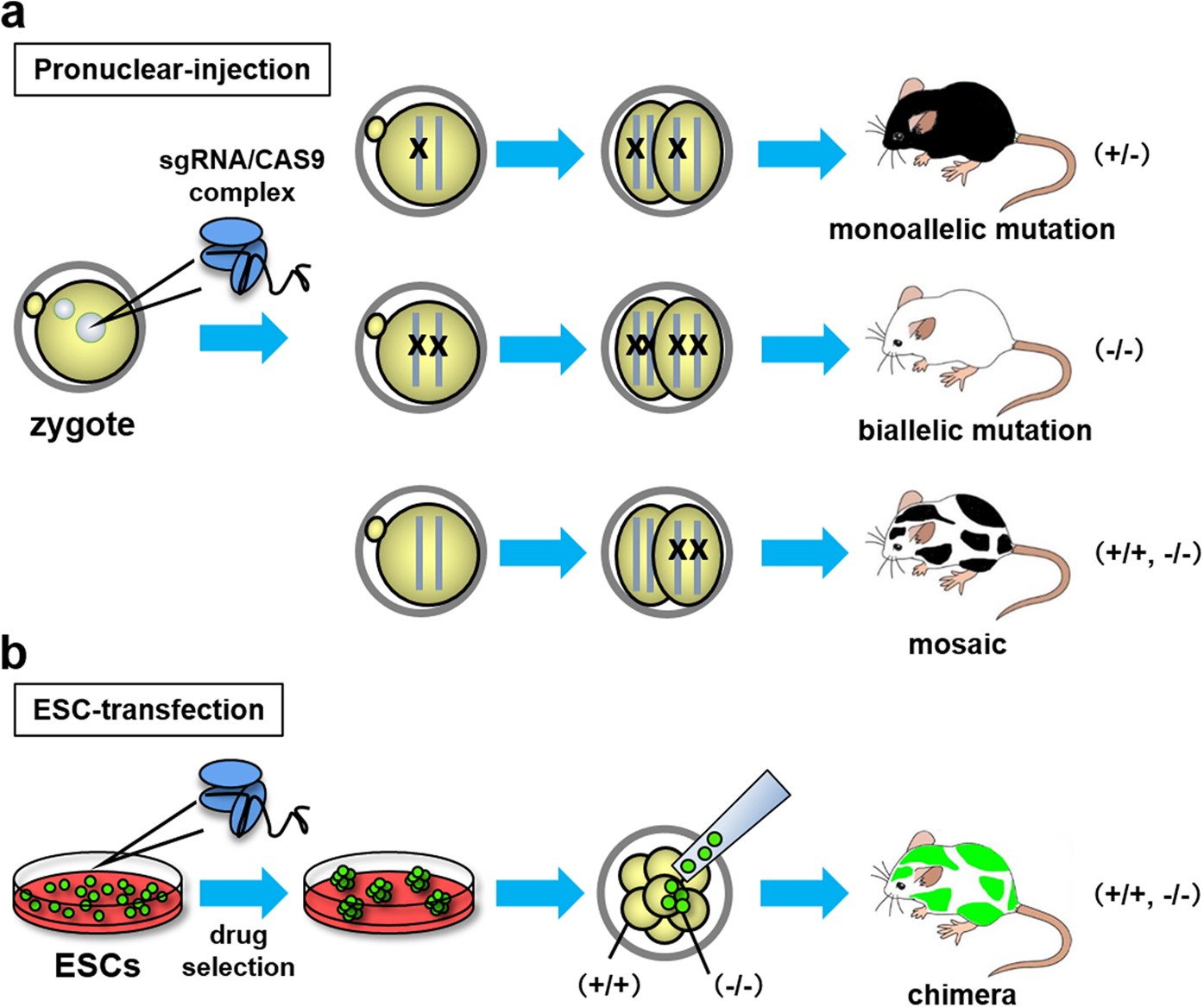
CRISPR/Cas9 mediated genome editing in ES cells and its application for chimeric analysis in mice | Scientific Reports

In Vivo Single-Cell Genotyping of Mouse Cortical Neurons Transfected with CRISPR/Cas9 - Max Planck Neuroscience

Redefining mouse transgenesis with CRISPR/Cas9 genome editing technology | Genome Biology | Full Text

CRISPR/Cas9-mediated gene manipulation to create single-amino-acid-substituted and floxed mice with a cloning-free method | Scientific Reports

CRISPR-READI: Efficient Generation of Knockin Mice by CRISPR RNP Electroporation and AAV Donor Infection - ScienceDirect
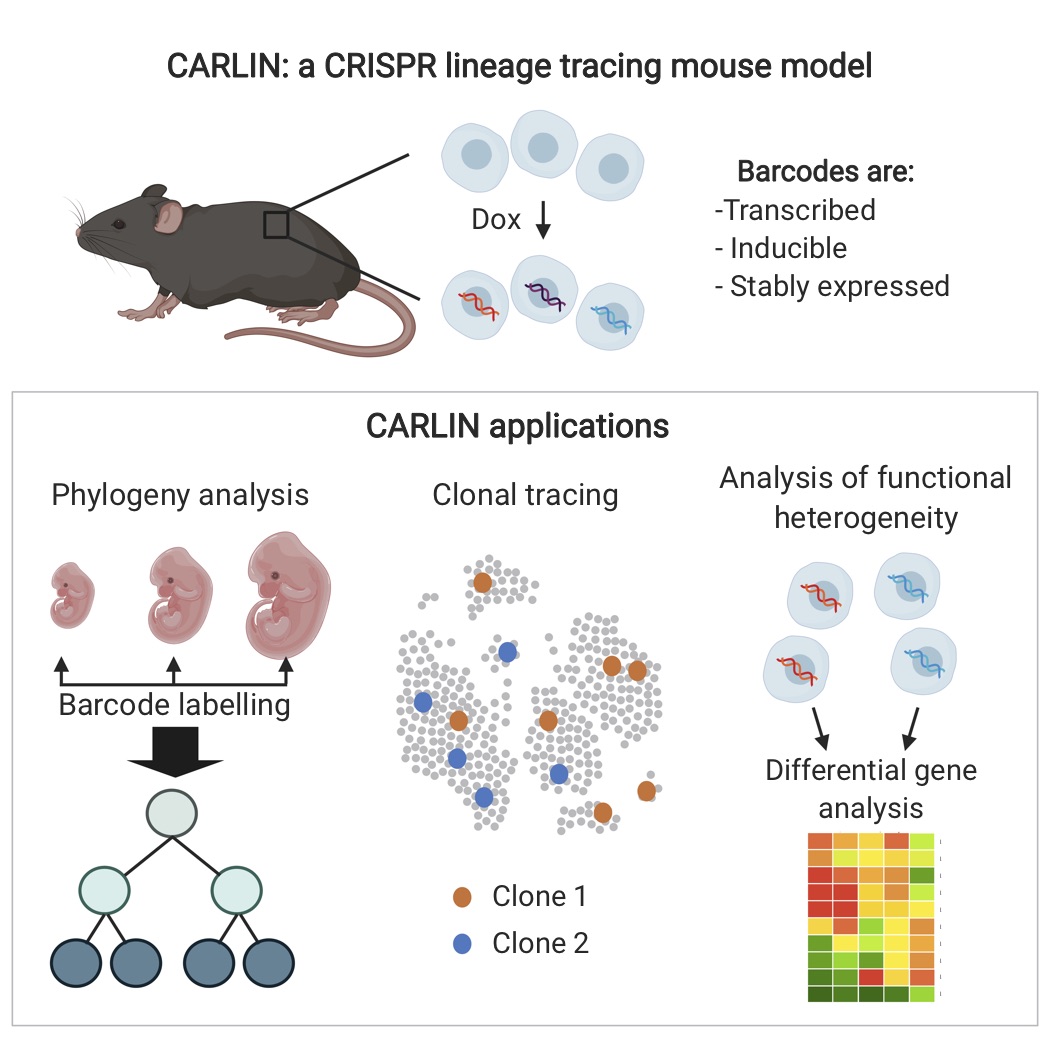
Cell on X: "The #CRISPR array repair lineage tracing (#CARLIN) mouse line allows for simultaneously analysis of lineage and #transcriptomic information of single #cells in vivo. Online now! https://t.co/K3IL47IFX2 https://t.co/III7bGV33s" / X

Easi-CRISPR for creating knock-in and conditional knockout mouse models using long ssDNA donors | Nature Protocols





